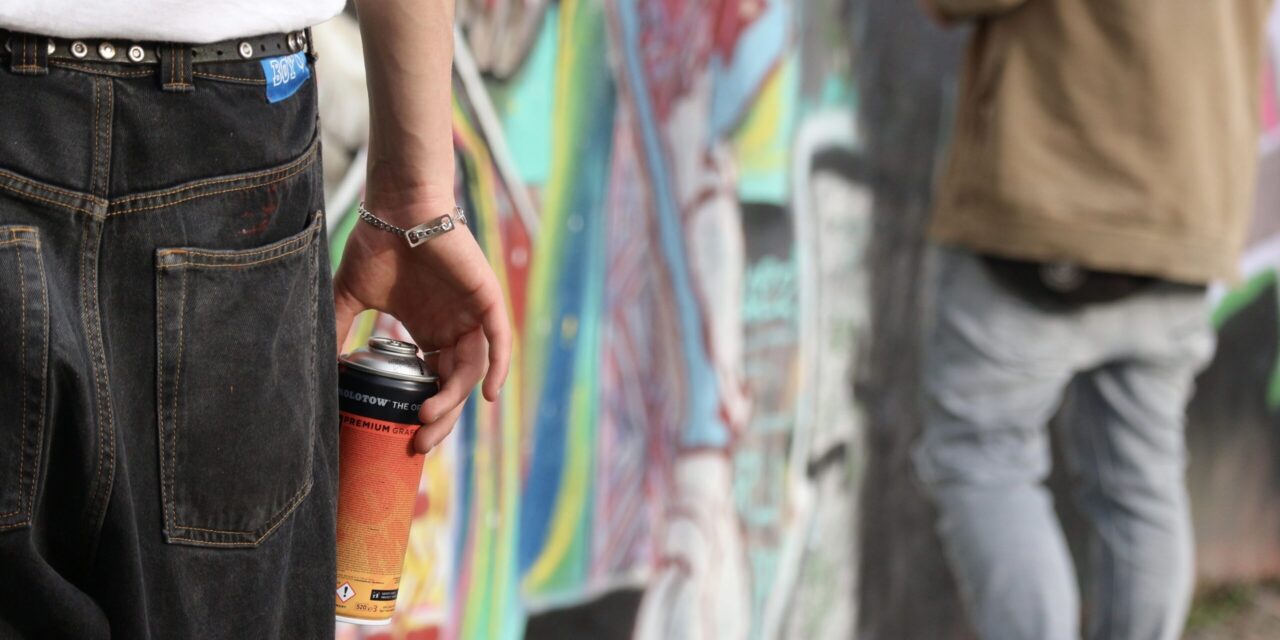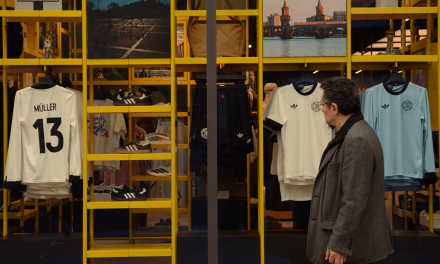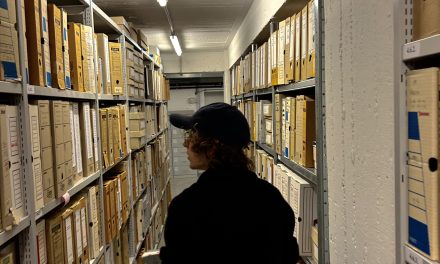Until 1989, the Berlin Wall divided Germany in two parts. Back then, people were not allowed to cross the border. Nowadays, there are still remaining parts of it shaping the city. But how do you deal with a monument that once was a symbol for human rights abuse? Two perspectives.
A long wall – about four meters high, completely covered with tags and artworks. Every ten meters, another person is spraying a new piece on the wall. The sun is shining and many of the artists are working topless. It seems like an everyday scene at a graffiti park – until people realize that these are actual remains of the Berlin Wall the artists are spraying on. Under normal circumstances, the unauthorized modification of a monument is a criminal offence. But in the Mauerpark in Berlin, it is permitted to paint on the wall.
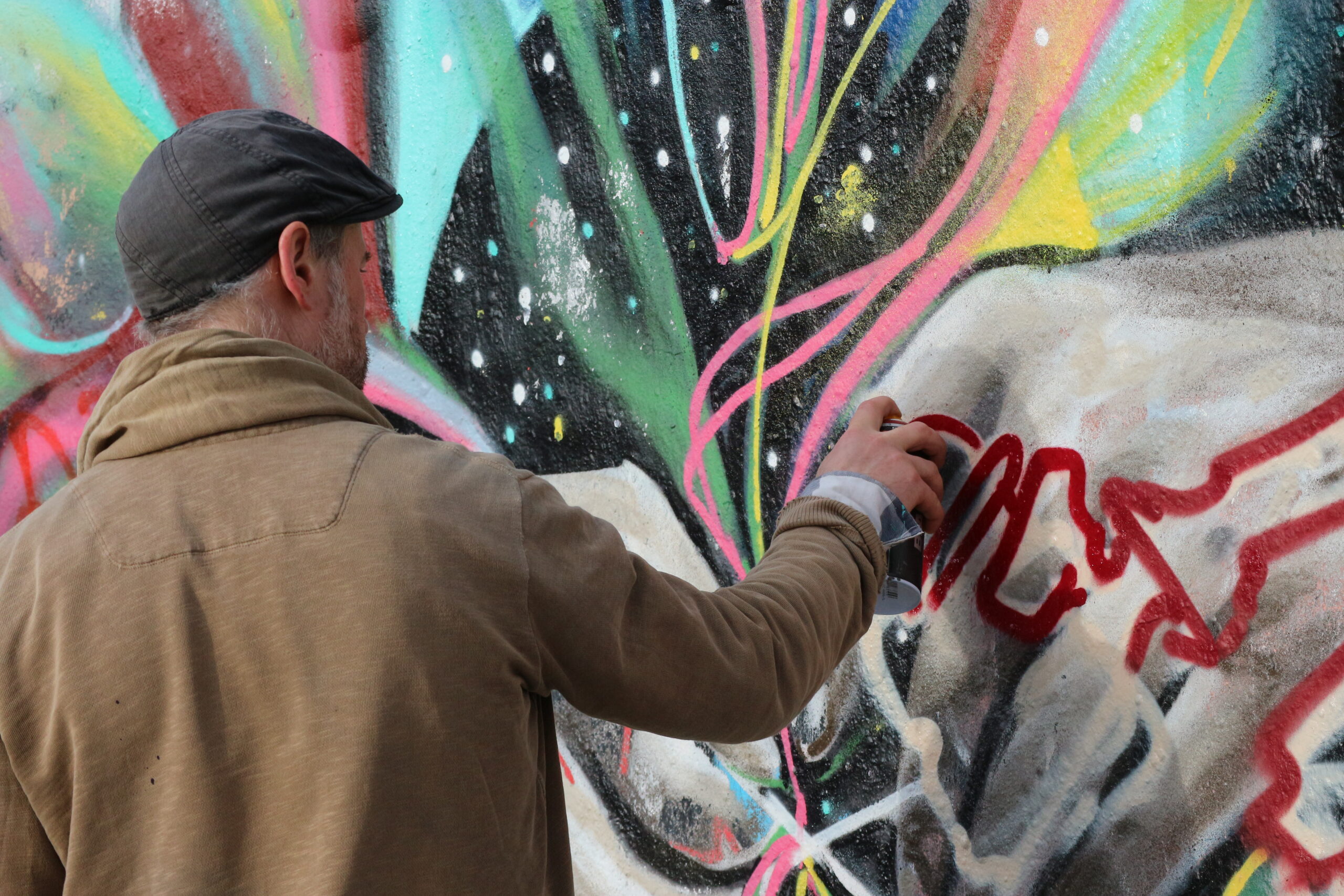
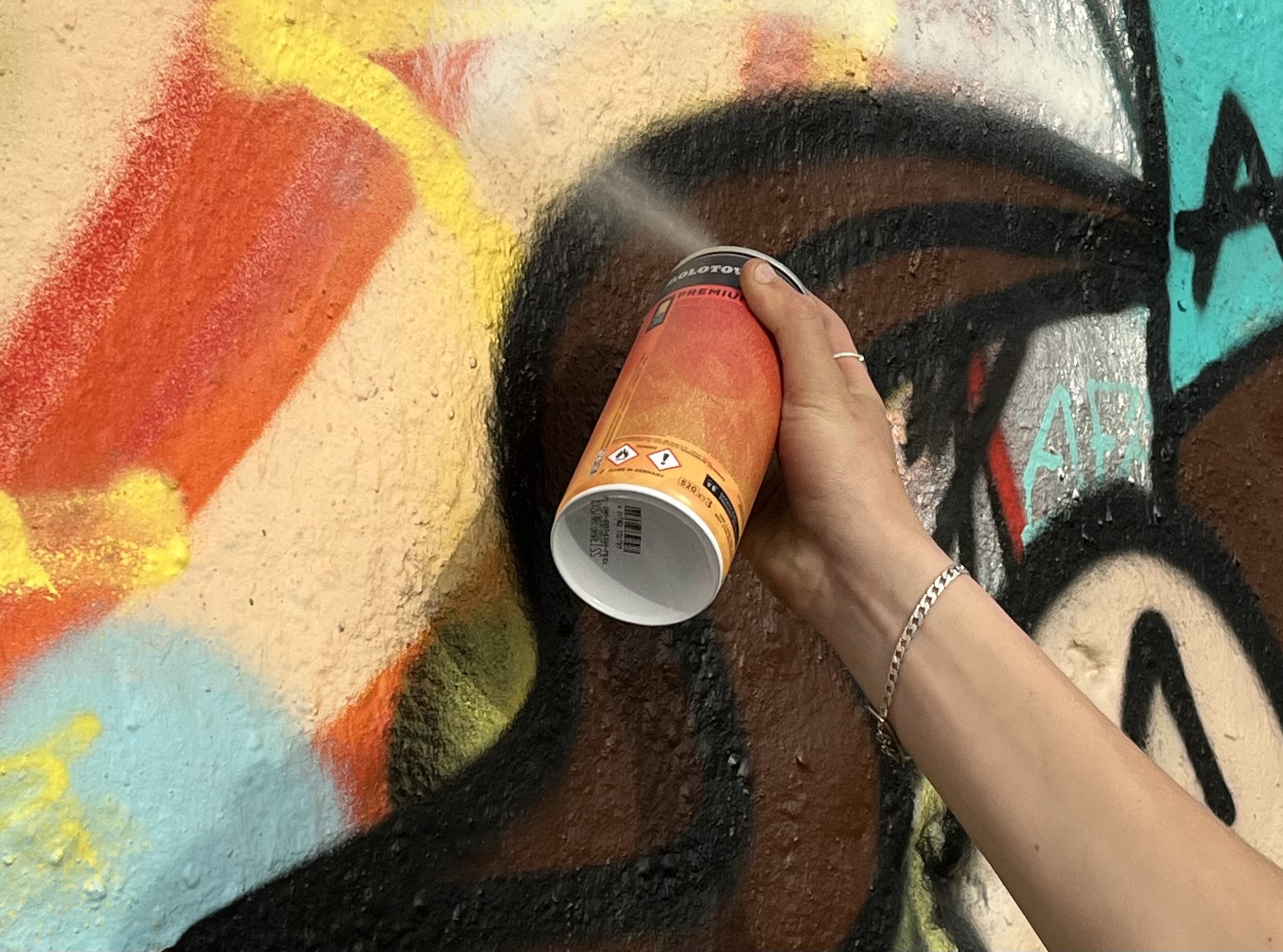
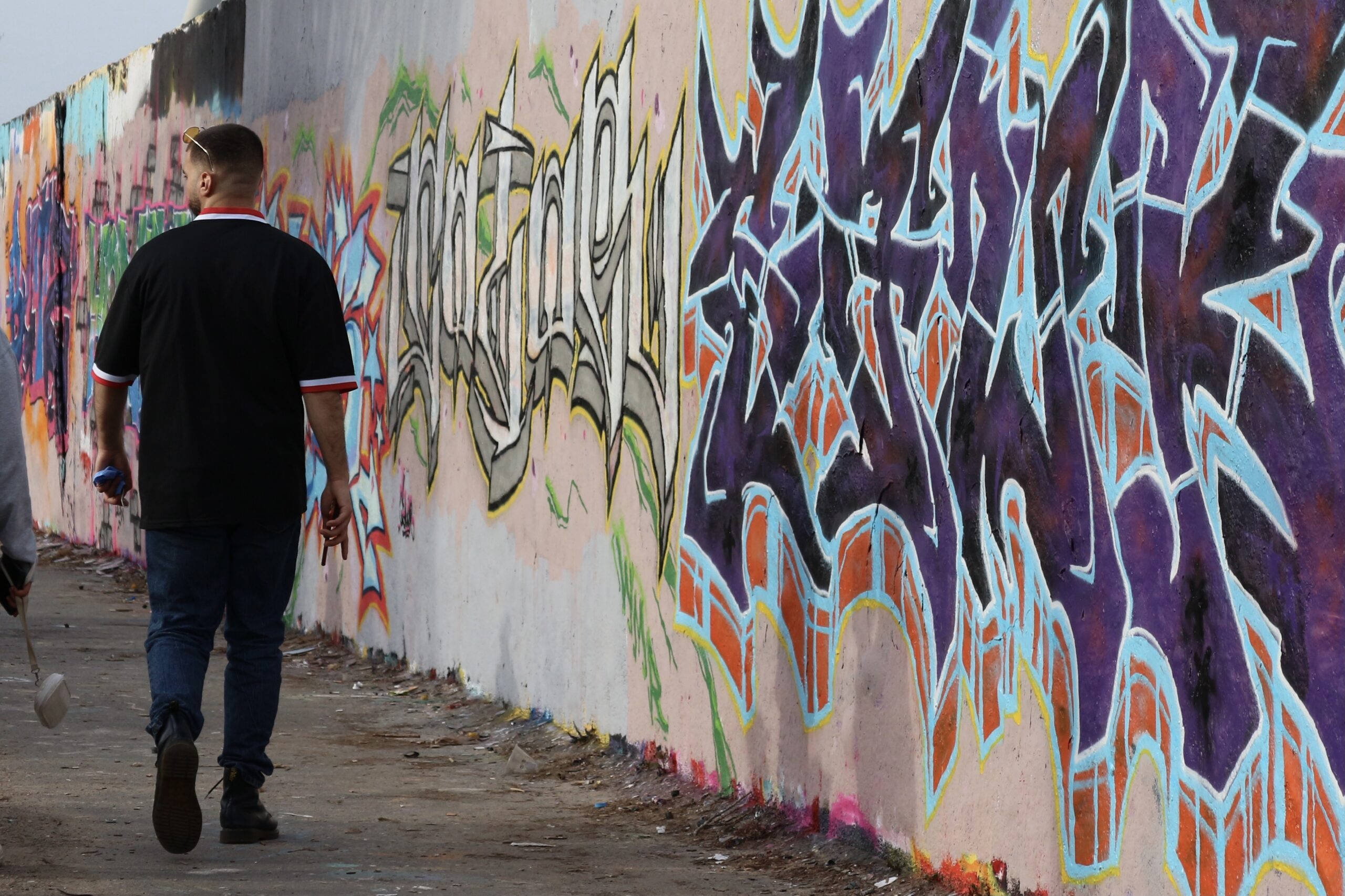
When the Berlin Wall was built in 1961, many people in the West sprayed graffiti on it – whereas people in the East could not even come near without taking the risk to be shot. Nowadays, everybody is allowed to tag the remaining parts of the wall in the Mauerpark. Alexander Puell, Chairman of the Friends of the Mauerpark, explains the idea behind this: “It is a characteristic of this monument that it is painted, so we wanted it to be tolerated.” But the graffiti sprayers are not the only ones enjoying the Mauerpark: Many people come by to party, drink, do a BBQ and make use of the great weather. According to Puell, this contrast between present and past is what makes the location a great spot for all residents of Berlin: “It is not primarily a memorial for the past, but rather an experimental space for the future. And for some, it is just a park – and it’s okay like that.” For him, it is not important what people are supposed to do. Instead, they should decide for themselves: “You have to know where your own limit is – where does it still feel good for you and where not.”
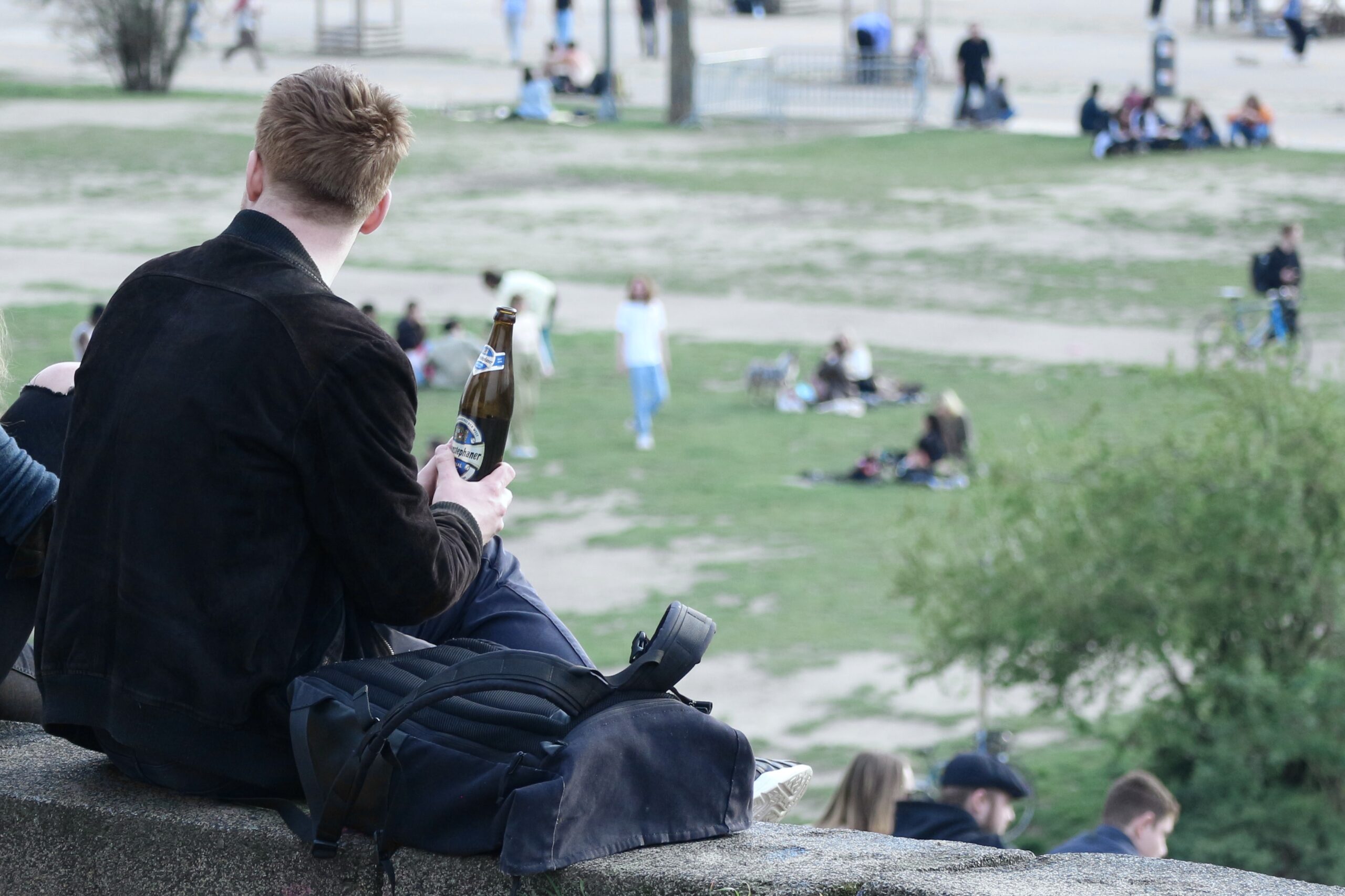
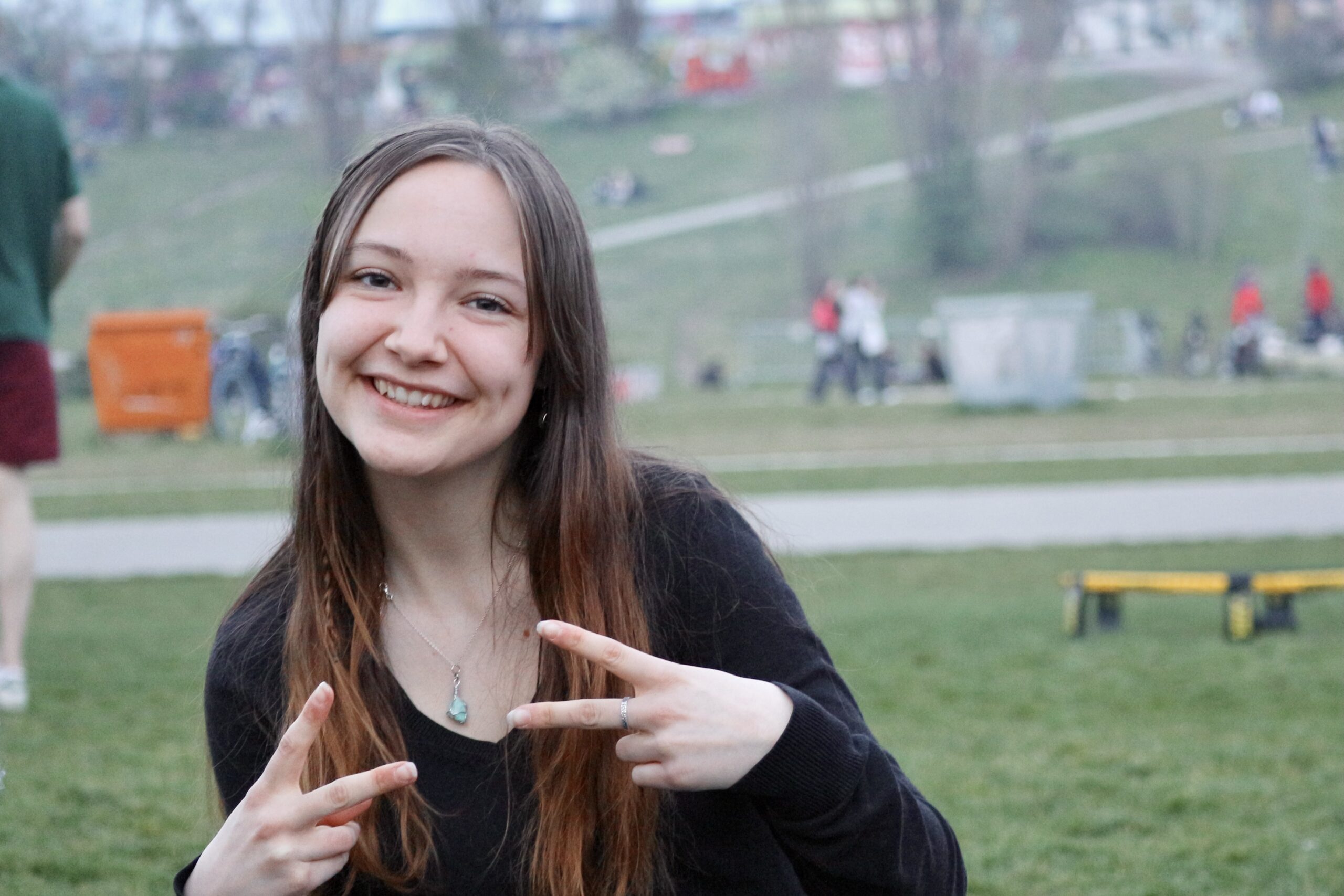
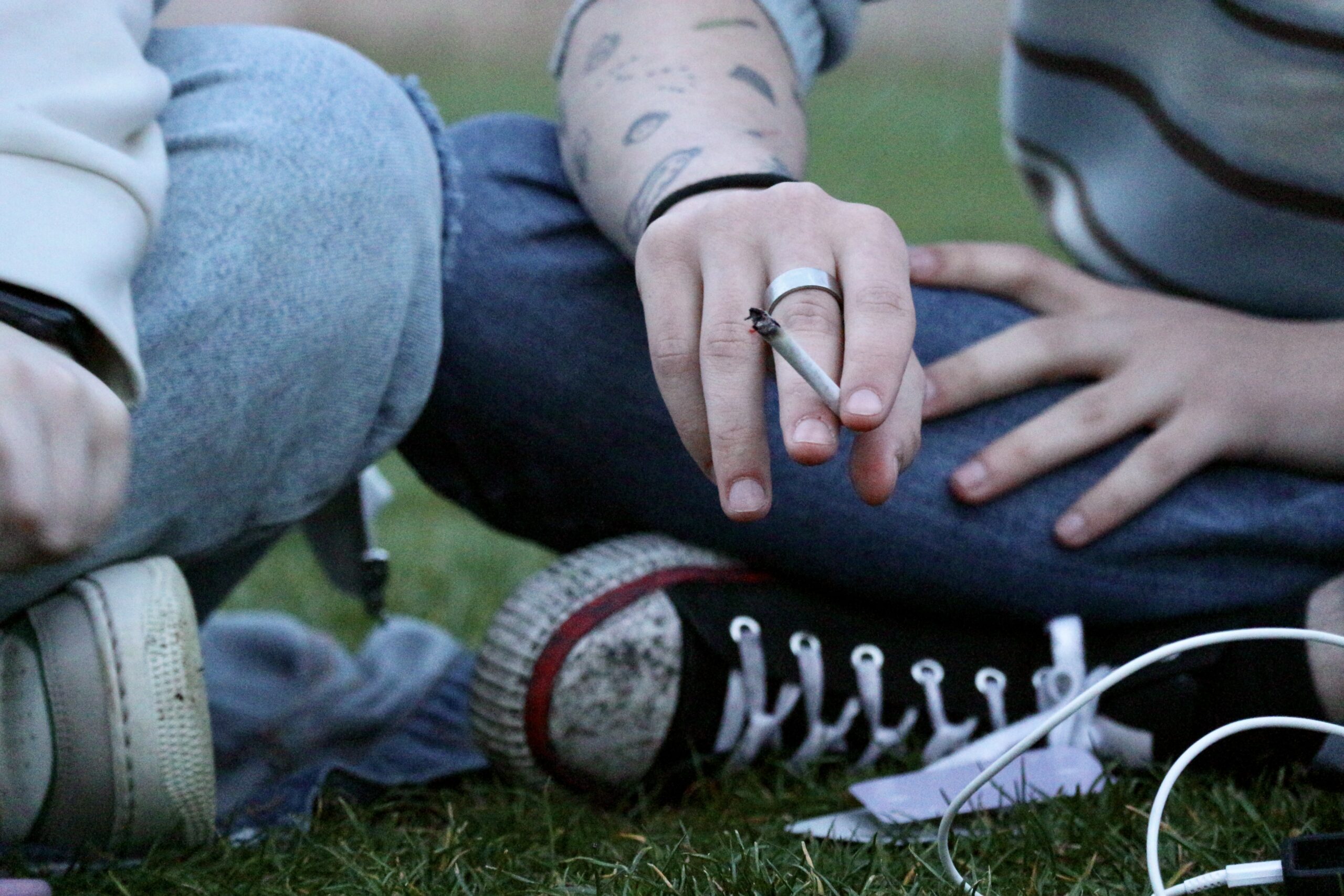
Just a short minute walk away, there is the Gedenkstätte Berliner Mauer. In contrast to the Mauerpark, there are not any people partying, spraying graffiti or playing loud music. Instead, it is almost completely silent. It is another spot where the Berlin Wall once stood, but compared to the Mauerpark, the way it deals with the history is completely different. Hannah Berger works for the foundation Berliner Mauer and explains what the place is supposed to be like: “The purpose of the Gedenkstätte is to document and convey the history of the Berlin.” In the park, there are multiple tables with text that explain which crimes against human rights once happened there – people being arrested or shot when trying to flee, being held in the East of Berlin against their will. Apart from the informational texts, visitors of the park can even listen to audios by victims from back then. Another striking feature of the park: Big brown sticks out of metal that show where the wall once was. Of course, the park can also be used for other purposes than just education. Many people walk their dogs through it, or some children even play football next to the memorial. But in comparison to the Mauerpark, it is a completely different atmosphere. “It preserves the division in the context of the Cold War – and therefore, enables a dignified commemoration of the victims,” Berger explains.
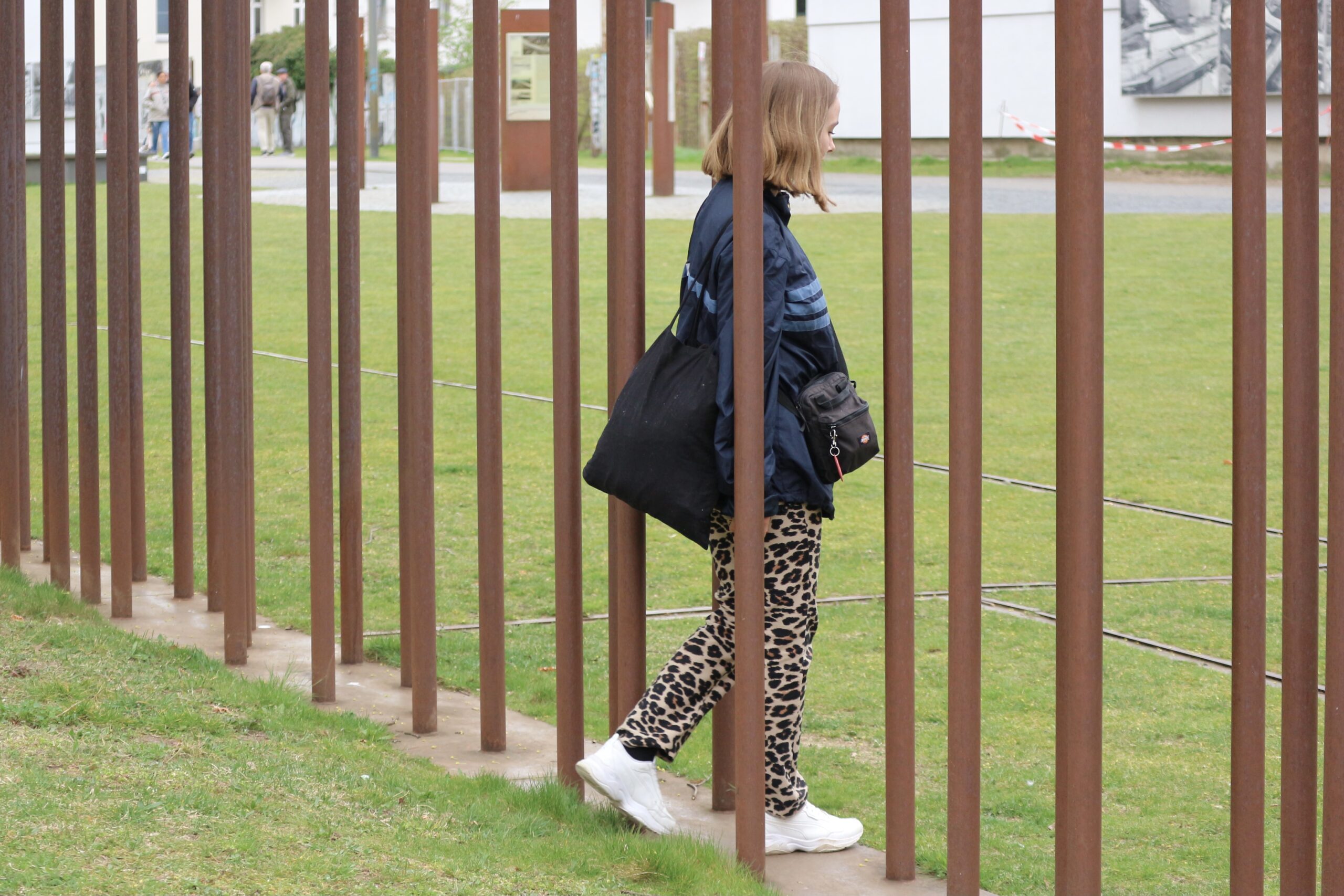
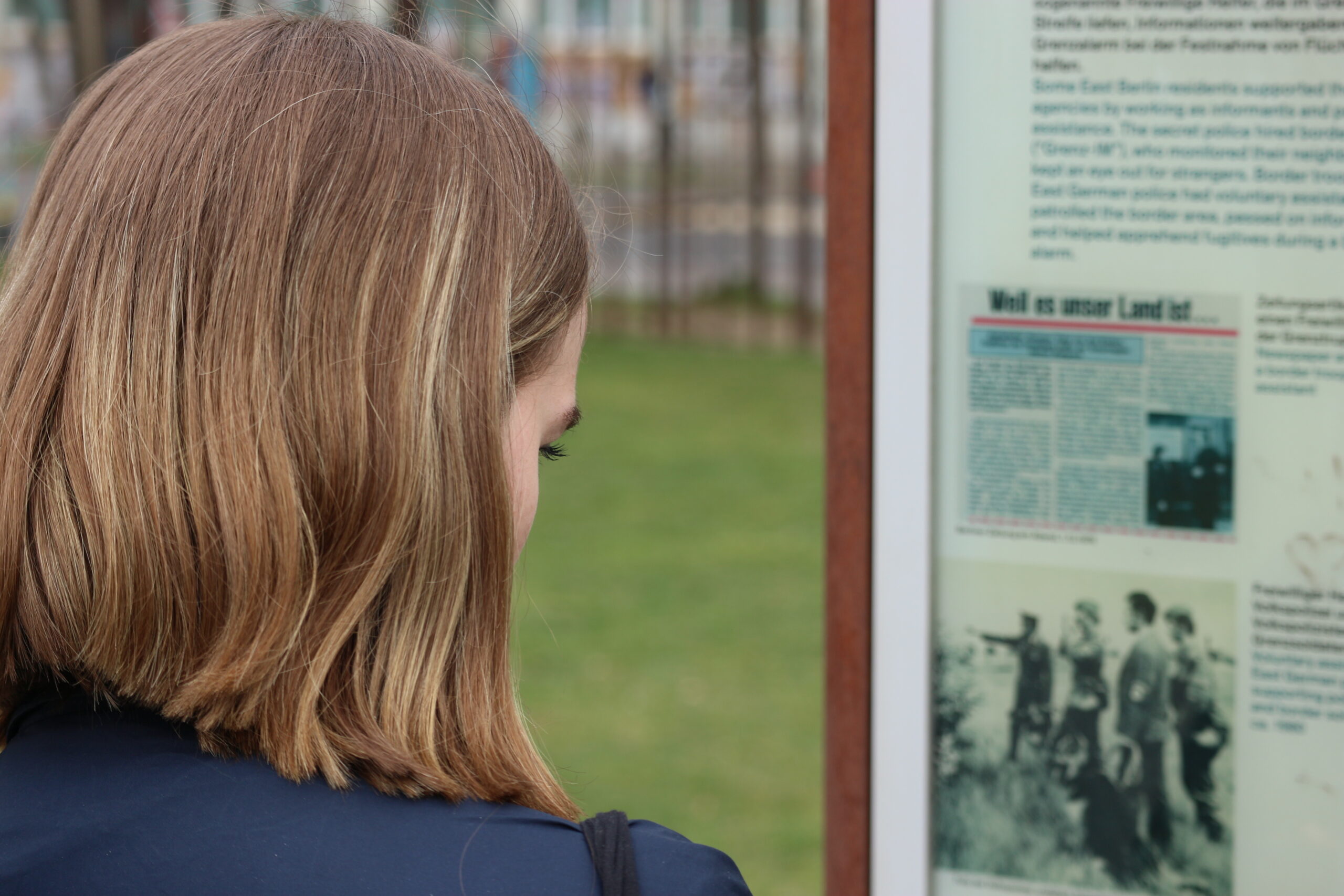
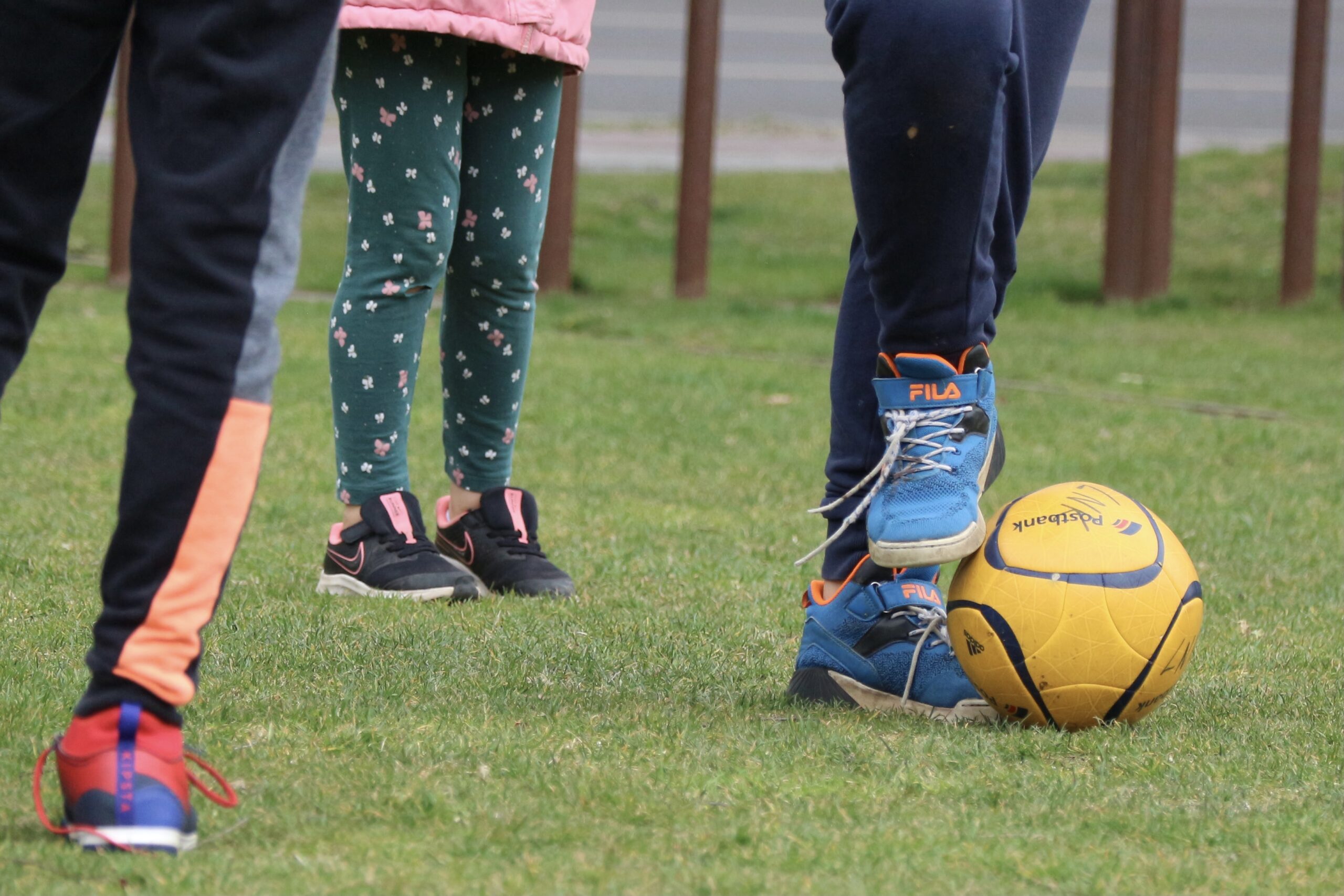
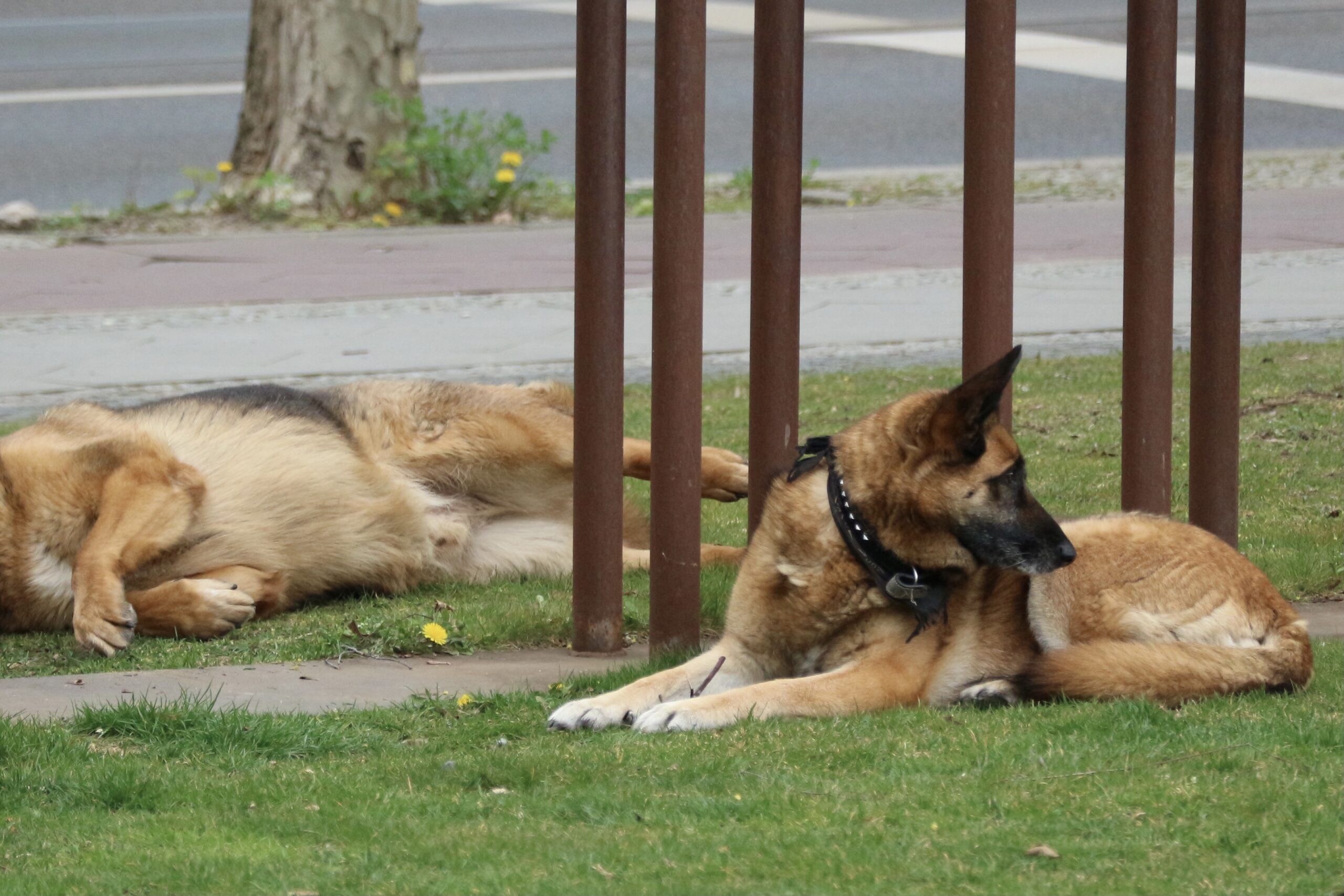
Puell believes that it is important to have both – a memorial such as the Gedenkstätte, as well as the Mauerpark as a place for discussion. “In the Gedenkstätte, nothing changes anymore, which is valid because it tries to portray history. At the Mauerpark, everything changes all the time.” For him, the ideal way for visitors would be to experience both. “People first come from the city center, look at all the terror of the past and learn about it – and then they get into a spontaneous folk festival where you can enjoy culture for free. Here, the story is still alive.” Learning about the faults of the past and then celebrating life – these two spots of the Berlin Wall try to combine both.
